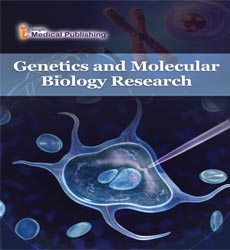Generalized Schwartzman Reaction as an Experimental Endotoxin ShockModel: Role of Intermediate T cell Receptor-Expressing InnateLymphocytes in its Pathogenesis
Abstract
Endotoxin and its induced exaggerative responses of proinflammatory cytokines such as Tumor Necrosis Factor cause human septic shock. The generalized Shwartzman reaction is considered as an experimental endotoxin shock model and its representative features are high lethality and hypersensitive inflammatory response to endotoxin, in particular excessive TNF production. The generalized Shwartzman reaction can be induced by Interleukin (IL)-12 priming and subsequent endotoxin challenge. IL-12 primes the intermediate T cell receptor (TCR)-expressing innate lymphocytes (natural killer T cells and CD8+CD122+ T cells in mice, CD56+ T cells and CD57+ T cells in human) to produce IFN-γ, which in turn preconditions macrophages to produce a large amount of TNF in response to endotoxin. These intermediate TCR innate T lymphocytes play a pivotal role for the occurrence of this generalized Shwartzman reaction. Some of the intermediate TCR-expressing innate T lymphocytes (CD8+CD122+ T cells in mice and CD57+ T cells in human), which are considered as extrathymically developed T lymphocytes, are increased with age and closely involved in age-dependent augmentation of murine generalized Schwartzman reaction and human Shwartzman-like reaction, which may reflect an exacerbation of septic shock in elderly. However, these intermediate TCR innate T lymphocytes normally augment host immunity against malignant tumors and refractory bacterial infections, which are critical threats in aged hosts. Thus, intermediate TCRexpressing innate T lymphocytes may be double-edged sword on the host defense, especially elderly hosts.
Open Access Journals
- Aquaculture & Veterinary Science
- Chemistry & Chemical Sciences
- Clinical Sciences
- Engineering
- General Science
- Genetics & Molecular Biology
- Health Care & Nursing
- Immunology & Microbiology
- Materials Science
- Mathematics & Physics
- Medical Sciences
- Neurology & Psychiatry
- Oncology & Cancer Science
- Pharmaceutical Sciences
